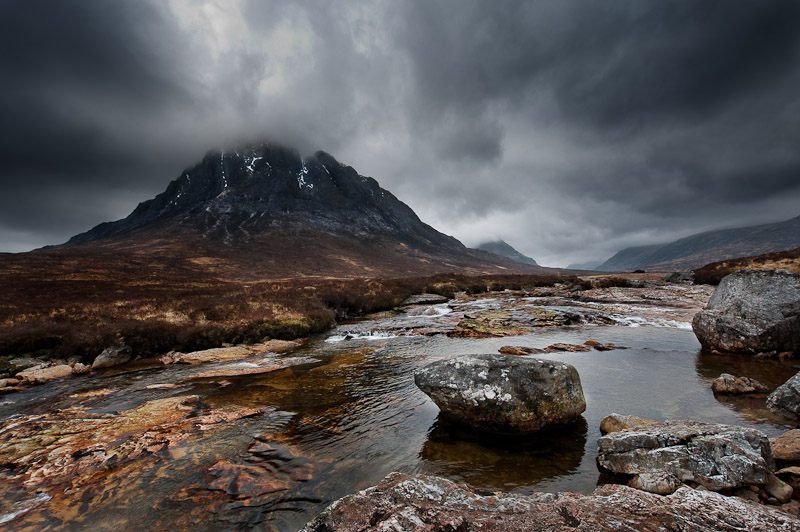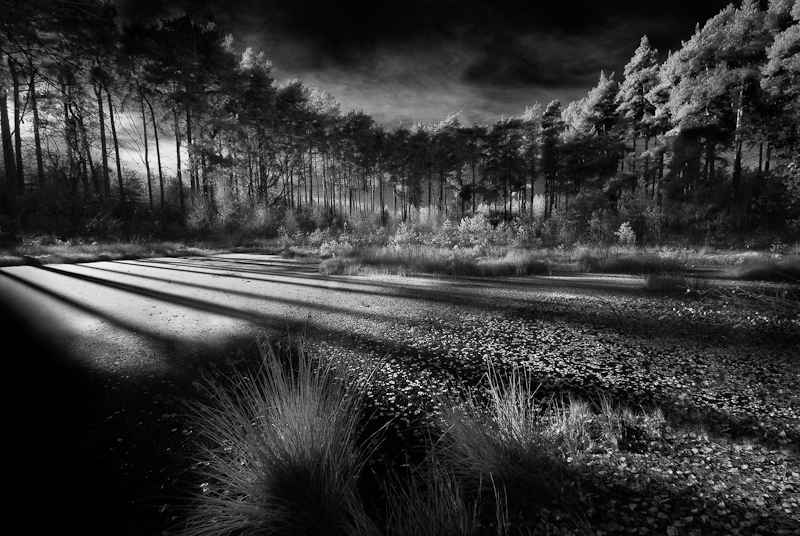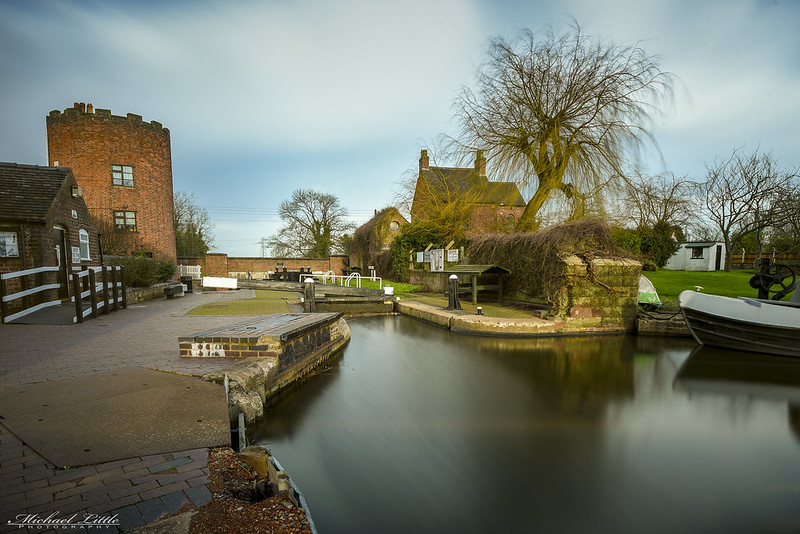Here are my tips for newbies
try and get three points of interest, foreground, middle ground, background such as this image

Scottish Volcano? by
David Byrne, on Flickr
So we have the river and rocks as the foreground, the main mountain as the middle ground and the rolling glen and clouds as the background, this allows the eye to wander through the image without having to jump around. Use the thirds, they work so use them as a starting point. but dont get carried away, they are guidelines not the law and remember rules are meant to be broken, if i feel an horizon needs to be on the middle of the frame ill do in in an heart beat.
I shoot at f/16 normally unless the situation means i need to change that, but 90% of the time it's right for the shot, i use good quality glass so diffraction isnt a real issue. I tend to focus on the first point of interest, so in this shot it would have been the boulder in the river, it doesnt matter if the very distant mountains are slightly soft when viewed at 100% on a screen, its never going to be picked up on and looks normal, plus it's not noticeable when printing at A3 or smaller.
I use a tripod if it cant be handheld, but i like to shoot fast and move around a lot trying multiple viewpoints, if the scene is a good one i'd normally spend an hour or more trying different shots / waiting for some good light, I tend to do my landscaping between October and March, the sun is low and the 'golden hour' is extended, in dec/jan the golden hour lasts all day, this photo was taken at 1.45pm

Delemere Forest by
David Byrne, on Flickr
Cant stand filters, just more time fiddling with stuff and missing shots, i'd prefer to get the shot and fix in Lr or Ps. I will use a circ pol though if needed.
In the summer I use a converted camera to Infrared, the light is awful for normal landscape photography but if you get creative the mid day sun wont ruin a photo, this one was taken on a very sunny day with little cloud, but the ir brought out detail in the sky and made it black, which is also cool

]
Broadway Battlements by
David Byrne, on Flickr
But the biggest tip i can offer is the most overlooked, a lot of people ask me how come you can get good photos, or how come you get good light, etc, well the reason is simple, i go out and take photos regularly, too many people think about it but dont actually do it! I get good light because i keep trying, theres been plenty of days ive come back from a day out with nothing on the card but rubbish and soaking wet, but the next time you can get the killer shot.
Landscaping is one of the most difficult types of photography, it requires a lot of effort, time and money and your subject to the great British weather trying its best to ruin your day, but when it goes right you have the great British weather giving you stunning shots, it just requires a little dedication.
Hope this helps







 Gailey Canal Lock
Gailey Canal Lock